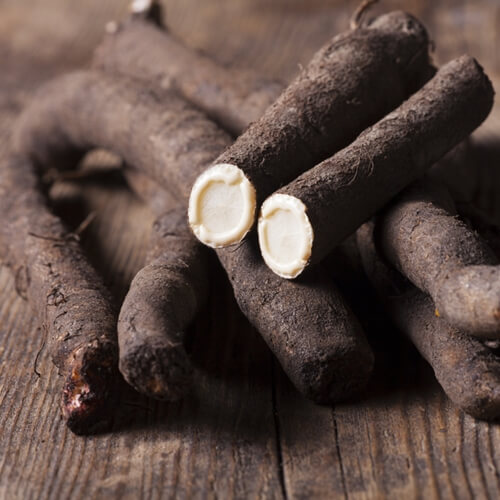Why You Should Be Growing Salsify

Despite its name, salsify is not a technique for turning tomatoes and onions into a delicious dip. Rather, it is a root vegetable that doesn’t get nearly the respect it deserves. It is difficult to find on many supermarket shelves given the logistical concerns of shipping the tuber – salsify will wrinkle and shrivel shortly after harvesting, even with refrigeration. However, it is a delicious, stark white vegetable that has a flavor reminiscent of artichoke. Online cooking school students that tend a garden in order to grow fresh produce should consider adding a plot of salsify this spring.
Skinny parsnips
The roots themselves actually resemble thin parsnips and could be easily mistaken for earth-covered twigs. However, once they are washed and peeled, the salsify reveals its pearlescent white flesh. They are best planted in the spring and allowed to grow throughout the summer. Being taproot vegetables, you should make sure that your soil has enough minerals and nutrients deep down to support the plant. Salsify should be harvested in the fall after the first frost to ensure it develops its full flavor.
Cooking salsify
One of the best ways to prepare salsify is also one of the simplest. Simply steam the peeled vegetables for about 20-30 minutes and then brown them in butter. Alternatively, you can slice salsify into discs and make a delicious gratin with Monterey Jack and Gruyere cheeses. No matter what you choose, fresh salsify from your backyard garden is sure to be delicious.
Maintaining a garden is a great way to ensure you have access to fresh produce all year long. It also gives you the opportunity to grow delicious fruits and vegetables that are not readily available from retailers. Use your home garden as a place to experiment by growing more exotic and hard-to-find ingredients such as salsify.please


